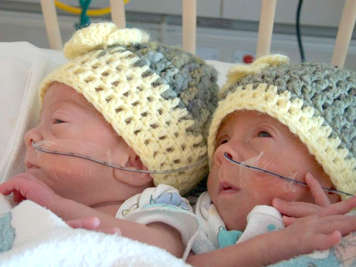Different techniques are used to diagnose gastrointestinal problems, including blood tests. Some signs and symptoms are also indicators of what the condition could be.

In the womb, nutritional needs of the fetus are met by the mother via the placenta and umbilical cord. After birth, it is up to the baby. Normally, a baby will begin feeding right away from the breast. For some premature babies though, this may not be possible.
Many different techniques are used to diagnose problems of the gastrointestinal tract (GI). Blood tests and other tests that can indicate the baby’s metabolic state are especially important. Often, tests of this nature will give an indication of where and how severe the problem is.
Vomiting and a general intolerance to feeding are also possible signs of a digestive system problem. It should be noted that all healthy babies vomit at some point for one non-serious reason or another.